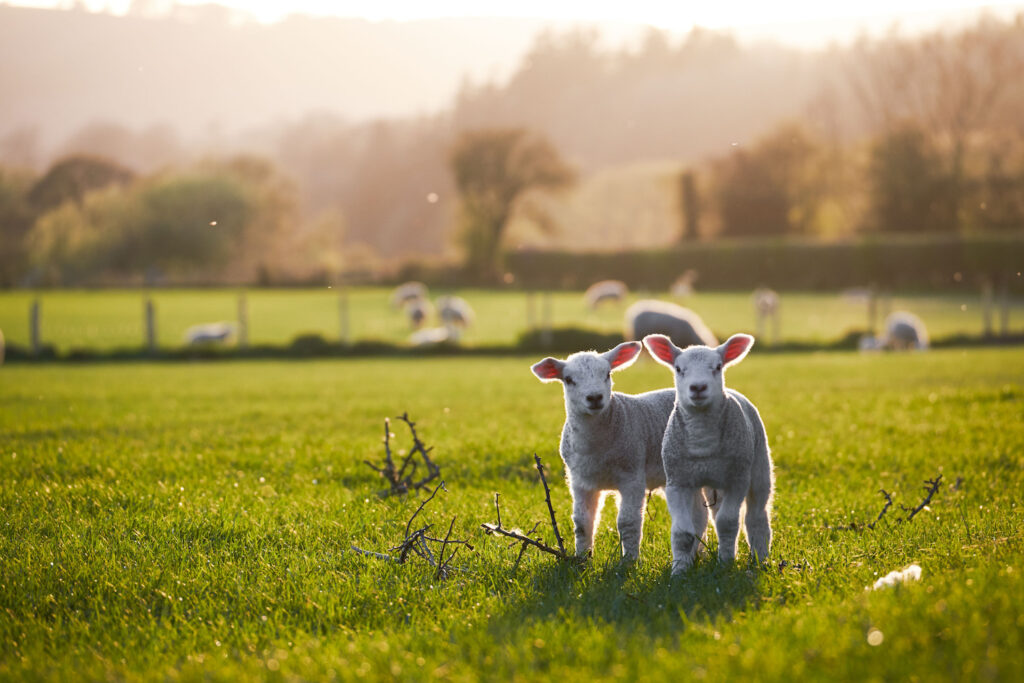Warmer weather prompts nematodirus warning
23rd March 2022
The rise in temperatures in recent days means an increased risk to lambs from hatching nematodirus, says the Sustainable Control of Parasites in Sheep (Scops) group.
Sheep consultant Lesley Stubbings has warned that as nematodirosis can strike very quickly, farmers cannot afford to have a ‘wait and see’ policy.
She added: “Because the damage is done by large numbers of immature larvae that are not producing eggs, faecal egg counts are not a reliable indicator of risk. Rapid action is often required, particularly if you have 2022-born lambs grazing pasture that carried lambs last spring. Lambs typically start eating significant amounts of grass at six to 12 weeks of age, although this may be younger if ewes are under stress and not milking well.”
For at-risk lambs, Scops recommends moving them to low-risk pasture, which was not grazed by lambs last spring. Knowing this is not always possible, the alternative is treating with an appropriate anthelmintic. In most cases this is a white (1-BZ) drench, but individual producers should speak to a vet or adviser and take follow-up steps to ensure the treatment was effective.
Ms Stubbings continues: “Roundworms that are resistant to white drenches are widespread within the UK but, fortunately, this is still rare when it comes to nematodirus and these wormers are still highly effective in most cases. But remember, it may be necessary to treat lambs more than once depending on the spread of ages in a group and subsequent weather conditions.”
The risk has been highlighted within recent days, with the Animal and Plant Health Agency (APHA) reporting two confirmed cases of nematodirosis already – in two very different parts of the UK. Michele Macrelli of APHA reports: “We have already confirmed two outbreaks in South West England and the Borders of Scotland, and we expect this to increase in the coming week as temperatures rise.”
Nematodirosis is a particularly nasty disease in lambs, causing a high number of mortalities and stunting the growth of many others. It is caused by the Nematodirus battus worm, which has a different lifecycle to other sheep worms. Under certain climatic conditions it can strike very quickly, with little or no warning.
The main difference in the lifecycle of Nematodirus battus compared with other parasitic worms is that development to an infective larvae takes place within the egg and infection passes from one lamb crop to the next years’ crop.
Before they can hatch, the eggs have to undergo a period of cold weather followed by warmer temperatures of 10°C or more. If these conditions occur over a short period of time, triggering a mass hatch, and it coincides with the time when lambs are starting to take in significant amounts of grass (over about six weeks old), the result can be devastating.
Ms Stubbings concludes: “It is important to assess the risk to each group of lambs based on their age, the history of the field and its aspect and altitude. South-facing fields tend to have an earlier hatch and a 100m difference in altitude will change hatching by about +/- seven days.”
Background information and the nematodirus forecast are available at: www.scops.org.uk/nematodirus

